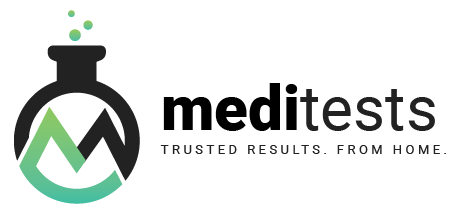Introduction to NIDA and Drug Testing Guidelines
The National Institute on Drug Abuse (NIDA) is a U.S. government agency focused on drug abuse research, prevention, treatment, and education. It was founded in 1974 and operates under the U.S. Department of Health and Human Services. NIDA plays a central role in researching drug abuse, including the development of treatment strategies, supporting clinical trials, and providing educational resources.
Key Points about NIDA's Role in Drug Testing
- Mission : NIDA’s main objective is to understand and combat drug abuse, supporting public health through research and prevention programs.
- Drug Testing Guidelines : In 1988, NIDA, in collaboration with the Substance Abuse and Mental Health Services Administration (SAMHSA), set federal guidelines for drug testing in the workplace. These guidelines were designed to reduce accidents and enhance safety in safety-sensitive jobs.
What is NIDA-5?
The NIDA-5 is a set of guidelines designed to test for five specific substances in individuals who are in high-risk, safety-sensitive jobs. These substances include:
- THC (Marijuana and Cannabinoids)
- Cocaine (Crack, Cocaethylene, Benzoylecgonine)
- Amphetamines (Speed, Methamphetamine)
- Opiates (Heroin, Codeine, Morphine, Opium)
- Phencyclidine (PCP)
These substances are commonly tested for due to their association with accidents in industries like transportation, oil and gas, and other safety-critical fields.
Why is NIDA-5 Testing Important?
NIDA-5 testing is used to detect substance abuse and its impact on safety in the workplace. The tests are especially relevant for jobs where safety is critical, such as in transportation or heavy machinery operations. The tests also help identify individuals who might need treatment for addiction or substance abuse issues.
How Does NIDA-5 Testing Work?
Drug tests under the NIDA-5 guidelines can be conducted using different biological samples, including:
- Urine
- Saliva
- Blood
- Hair
- Sweat
Each sample provides valuable information about drug use and abuse. For instance, urine and saliva tests are typically used for quick screening, while blood, hair, and sweat samples are more detailed and can reveal longer-term substance use.
Types of Drug Testing Procedures
- Initial Screening : This is the first step in the testing process and usually detects the presence of prohibited substances. It's often done using urine, saliva, or sweat tests.
- Confirmatory Testing : If initial screenings return positive results, confirmatory tests are conducted. These tests, such as mass spectrometry or gas chromatography, provide highly accurate results.
Detection Windows for Common Substances
The detection period for each substance depends on factors like frequency of use, body mass, age, and overall health. For example:
- Amphetamines : Can be detected in saliva for up to 3 days, in urine for 1-4 days, and in hair for up to 90 days.
For more specific information about detection periods for various drugs, you can refer to the NIDA website or drug testing facilities that provide a detailed detection table.
Drug Testing for Employment and Safety
Drug testing, particularly the NIDA-5 panel, is commonly used during:
- Pre-employment screenings : To ensure that new hires are drug-free and fit for safety-sensitive roles.
- Random testing : Conducted periodically to deter drug use among employees, especially in environments where safety is paramount.
- Post-incident testing : Conducted after accidents to check if drugs contributed to the incident.
Cost and Accessibility of Drug Testing
- Basic NIDA-5 drug tests are affordable and can be conducted either in-house or through accredited laboratories.
- Some labs may offer tests for additional substances, which can increase the cost.
Conclusion
NIDA-5 drug testing plays a crucial role in promoting safety and identifying individuals at risk of drug abuse. By understanding the substances involved and the testing procedures, companies can make informed decisions about their workforce and ensure a drug-free environment, especially in industries that require high levels of safety.


















































































